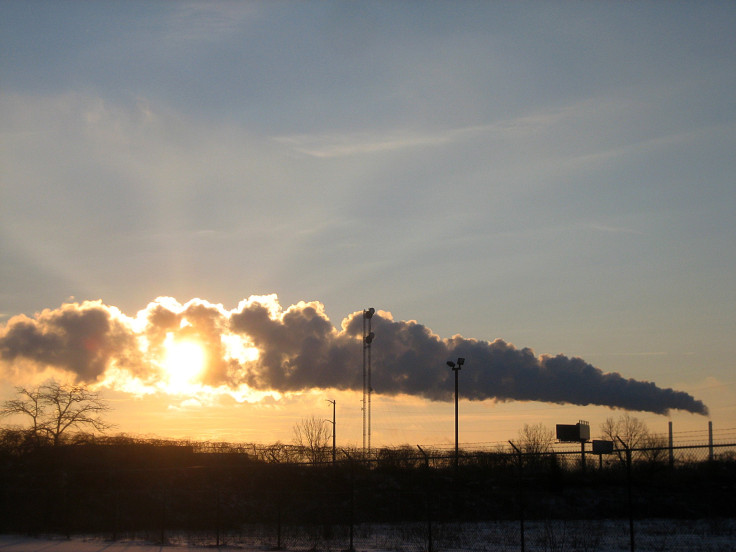Air Pollution Decreases Lifespan In Northern China: Coal Is Cheap, But Is It Too Dangerous?

A new study conducted by researchers from China, Israel, and the United States revealed that heavy air pollution from coal burning is linked to shorter life expectancy in northern China. Researchers estimate that the half-billion residents north of the Huai River will live an average of 5.5 years less than those in southern China.
China burns a lot of coal, almost as much coal as the rest of the world combined, according to the U.S. Energy Information Administration. Coal accounts for 20 percent of the global greenhouse-gas emissions, which makes it one of the biggest causes of man-made climate change. China's coal consumption rivals the world at 3.8 billion tons every year compared to the global consumption of 4.3 billion tons, and China's coal trend continues to rise. The reason coal is such a popular resource, despite the direct damage coal combustion does to the human health, is simple; it's cheap. Until clean energy can compete with coal's low prices, nations will continue to burn with a blind eye to the serious health problems it causes.
Researchers discovered the possible reason for the difference between the north and South's life expectancy rates. For decades, the colder northern region of China was provided free coal for heating thanks to a now-discontinued government policy. Significantly higher levels of particle pollution were found in the North's air, and with shorter life expectancy rates, China can be used as a global model for the effects of pollution on lifespans.
"The study provides a unique setting to answer the life expectancy question because the (heating) policy dramatically alters pollution concentrations for people who appear to be of otherwise identical health," said Michael Greenstone, one of the study's authors and a professor of environmental economics at Massachusetts Institute of Technology. "Further, due to the low rates of migration in China in this period, we can know peoples exposure over long time periods."
Coal combustion releases mercury, nitrogen oxides, sulfur dioxide, and other harmful substances that all attack the respiratory system, the cardiovascular system, and the nervous system, according to Physicians for Social Responsibility. In addition, the coal's negative contribution to global warming and the health implication associated with global warming and the progression of environmental damage make the totality of coal's impact a negative one.
According to the World Health Organization (WHO), air pollution is contamination of the indoor or outdoor air by any chemical, physical, or biological agent. Common sources of air pollution include certain household items, cars and trucks, industrial facilities, and forest fires. Pollutants that are of major concern to the public's health include carbon monoxide, ozone, nitrogen dioxide, and sulfur dioxide, which can cause respiratory and other diseases.
Researchers found life expectancy was lower in the north because of an increased incidence of deaths due to cardiorespiratory conditions, which is linked to air quality.
China's free-coal policy set up an ideal experiment for researchers to connect air pollution with health. Data was collected from 90 cities from 1981 to 2000 to record the daily average concentration of total suspended particles each year.
Particles are considered to be 100 micrometers or less in diameter and emitted from sources including power stations, construction sites, and vehicles. The particles found in the north were 184 micrograms per cubic meter or 55 percent higher than the south, but life expectancies were on average 5.5 years lower across all age ranges. The total suspended particles included PM2.5, particles with diameters no larger than 2.5 micrometer, which pose a great health concern because they can penetrate deep into the lungs.
The authors of the study said their findings can be used to estimate the effects of pollution in other countries and time periods. They suggest that for every additional 100 micrograms of particulate matter per cubic meter in the atmosphere, life expectancy at birth is lowed by about three years.
The International Energy Agency also reports that by 2017, India is expected to be importing as much coal as China, a sure sign that the use of coal for energy will not be decreasing anytime soon.
"These results may help explain why China's explosive economic growth has led to relatively anemic growth in life expectancy," the paper concludes.
Source: Chen Y, Ebenstein A, Greenstone M, Hongbin L. Eveidence on the impact of sustained exposure to air pollution on life expectancy from China's Huai River Policy. Proceedings of the national Academy of Sciences of the United States of America. 2013.



























